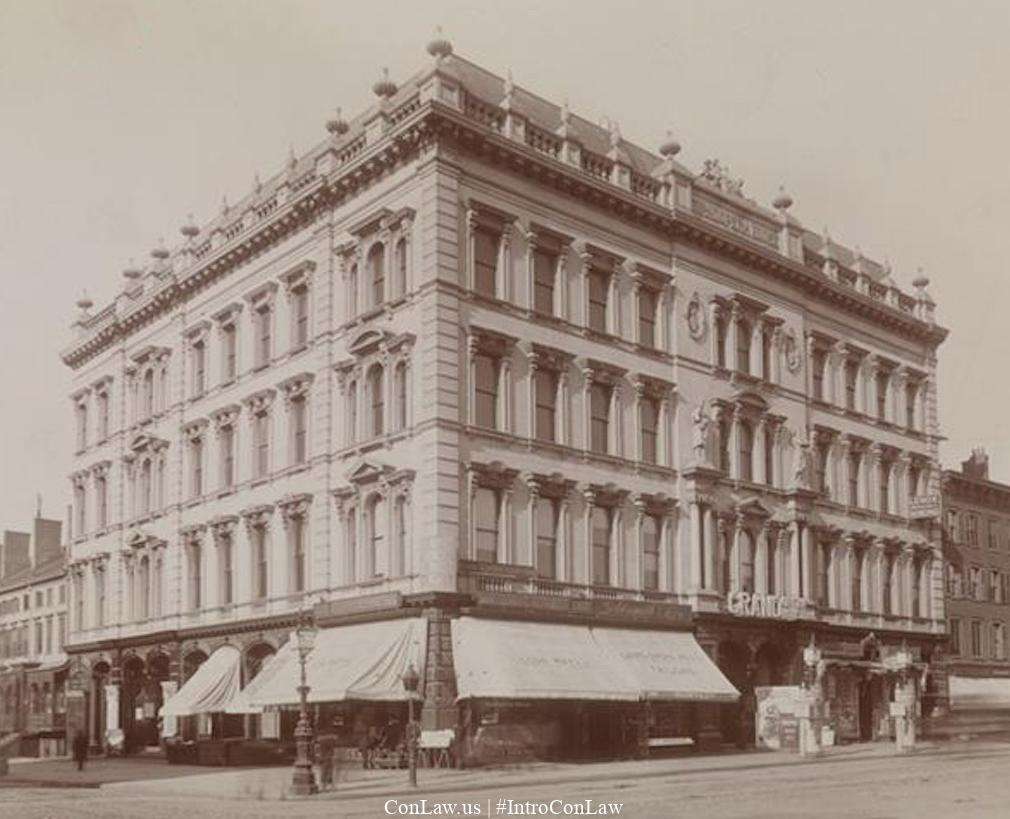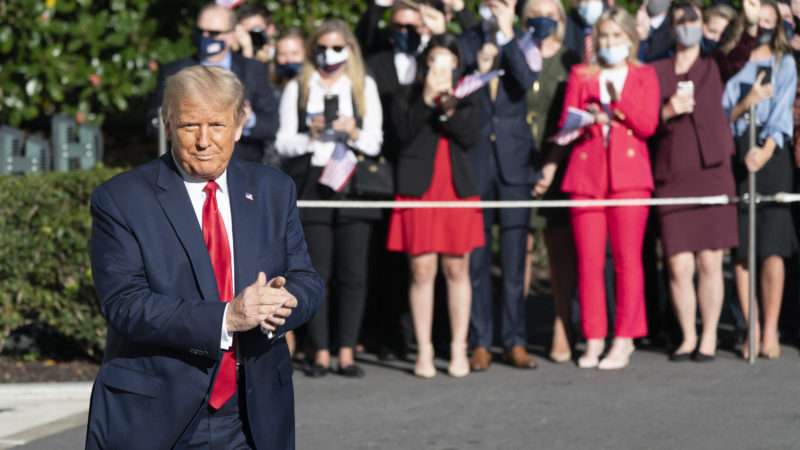Last week I blogged about New York Governor Cuomo’s pandemic order in New York (See here, here, and here). He placed redlines around Orthodox Jewish neighborhoods, and imposed stringent restrictions on prayer and assembly. I will much more to have say about that order in due course. Here, I would like to include a sampling of emails I’ve received in the last week from members of those communities. I think the messages speak for themselves.
Thank you for your honest article—it shows an awareness and the strength to stand up for what is right, even when it isn’t the popular or accepted thing to do. I’m sorry if some Jewish people felt the need to tell you that you’re wrong or outspoken—unfortunately and it is very frightening to see, people are blind to what should be obvious and apparent. If they were able to open their eyes to the truth, perhaps we would be more able to get people together to stand up for our rights. I feel if more people would have the courage and strength the way you did in writing this article, we would not be in the position we are in now, since there is strength in numbers and even more so when we are willing to be outspoken about the truth. Thank you again for your honesty and for your courage.
I wish you only well,
I live in Brooklyn. In a neatly carved out zone so that people who don’t look Orthodox can go to hair salons and restaurants around the corner from Orthodox Jews at the same time the sheriff showed up to check empty school buildings for children. So it is especially frustrating when this rhetoric is permitted. While I don’t have much familiarity with constitutional law, I do think a house of worship has at least as much protection as an essential business even during a pandemic. Particularly when the same govt officials permitted tens of thousands of ppl to gather in protests that were not peaceful. I am attaching a sign that NYC workers put in the elevator of a local office building. It specifically says ‘synagogue.’ They should at least pretend they aren’t targeting the Jews and and write ‘house of worship’.
Thanks for your well written informative article. Crazy how history repeats itself, and how predictable we are as a human race. It’s so disturbing and incomprehensible to me how many influential Jews are just sitting back and watching this happen. Literally allowing it to happen. Silence is definitely not the answer these days. We went from 0 to self destruct in mere months. Who could possibly fathom that this would be America in 2020?! Guess we got too comfortable and cozy thinking this was IT, the ultimate life, and most people left G-d out of the picture… Like I said; we’re so predictable. Anyway, just wanted to thank you, for being a voice. For speaking up. I’m an orthodox Jewish woman from Brooklyn, and don’t have a public social platform, but definitely have lots to say and lots to offer from a real perspective.
Thank you for your accurate portrayal of the situation occurring in New York City today and its chilling parallels to events from the past. We need more voices in the media like yours. Keep up the good work! Signed, An Orthodox Jew in New York City’s Red Zone
Your post has been circulating around in a few of my chats and I wanted to commend you on hitting the nail on the head. Your perspective is refreshing given the difficult times which the Orthodox Jews are enduring, for no good reason. I look forward to reading your insight on this matter as it develops. An Orthodox Attorney.
Ty for your recent article explaining Governor Cuomo. Living in NY for Jewish people is very scary at this time. The way things are unfolding is very unsettling. I have been living in NY my whole life and have never experienced what we experiencing today. Its really as if we are no more welcomed here as the jews were no more welcomed in Germany and Russia. It’s a sad sad reality. Europe has been experiencing this for a whole and now that it hit my home town it makes it all more scary. My co- workers and myself were all discussing our next move to leave NY. We’re just deciding where to go. The history is facts and the negative comments just shows how people don’t want to believe facts. The negative comments just further underscores the importance of your article. I appreciate your writing. Keep the facts coming despite the negativity. people would prefer to think that everything is ok and this will pass and it’s not a wake up call to look at history and see how it’s repeating itself and we should learn from our history. We are not safe any more and we can’t just sit and do nothing. It’s scary times.
Hi, just wanted to say thank you for saying what most Jews are thinking but don’t necessarily have the platform to speak up. I live in Midwood, 11210, on my side of Nostrand Avenue all the Jewish owned stores are shuttered, while just a few blocks away all the stores on the other side of Flatbush Avenue, still in the same zip code are all open. Shoe stores, electronics, hair salons, even outdoor dining is being allowed. It’s so obvious that Jews are being targeted and blamed for the current rise in Covid cases which is totally ridiculous. Its frustrating to have to follow our moronic leaders like little mice in a line while others are free to come and go and earn a living. What’s next? Do I have to pin a yellow star to my shirt with my zip code on it? If it doesn’t stop now it’ll be too far gone to repair and I’d hate to leave my kids a world like that. We really need to assert ourselves before it’s too late. It’s also beyond frustrating to see my kids on their devices doing “school” and falling further and further behind because our schools are all closed. There’s so much more to say and so little time but thank you for letting me vent and thank you for speaking up for all of us who can’t.
I really appreciated your article. I live in one of the “red zones” in Brooklyn and as a child of Holocaust survivors I’m starting to understand the baseless hatred that my parents faced. I never felt the fear of what’s to come as I do now. I’m a born and bred New Yorker who thought I would never leave NY, the city that I adored! However the Governor and Mayor have made this city intolerable. When I had to buy my young children pepper spray last fall because they were afraid to walk the 3 blocks from their school to our home, neither of them condemned the attacks which were done predominantly by black people. When there were fireworks going off all hours of the night with no end in sight they wouldn’t do anything. Now the streets are teeming with sheriffs, Dept of Bldg’s employees looking to make our lives miserable. My husbands entire office building in Borough Park was targeted today. Inspectors were knocking aggressively on every business door to try to gain entrance to see if there was proper social distancing going on. He said he felt like he was in communist Russia. I guess the worst part for me is the silence all around. Why is nobody speaking up for us? This is what my father described about how his city watched the Jews being rounded up and taken away and no one said a word. I must pick up and leave this city before it’s too late. Thanks again, very well written!
Continue reading “Emails from Jewish Residents in New York City’s Redlined Neighborhoods”




